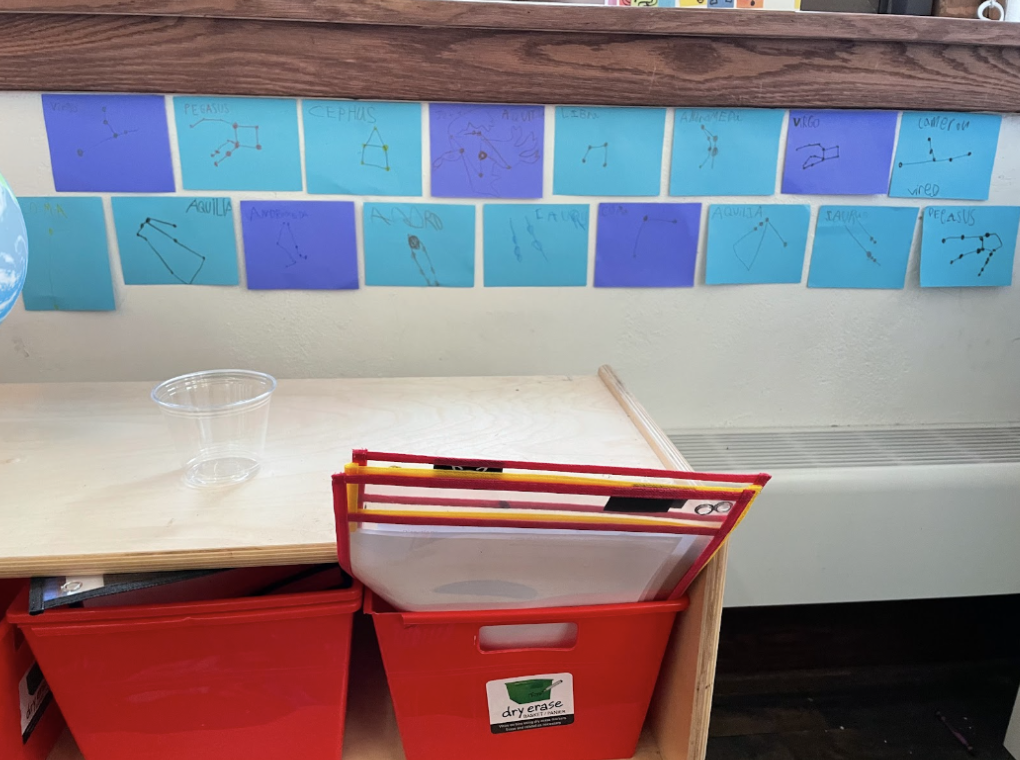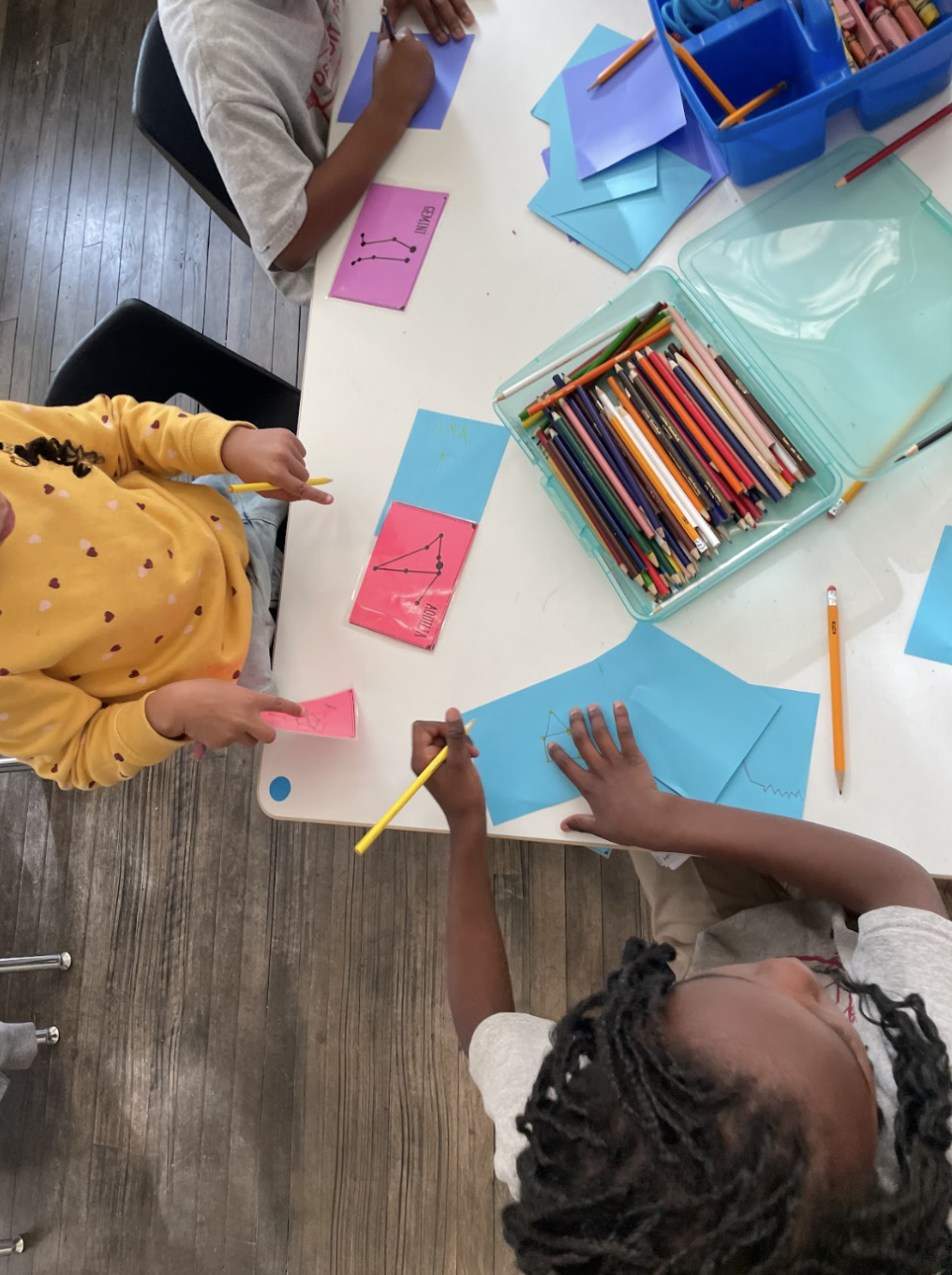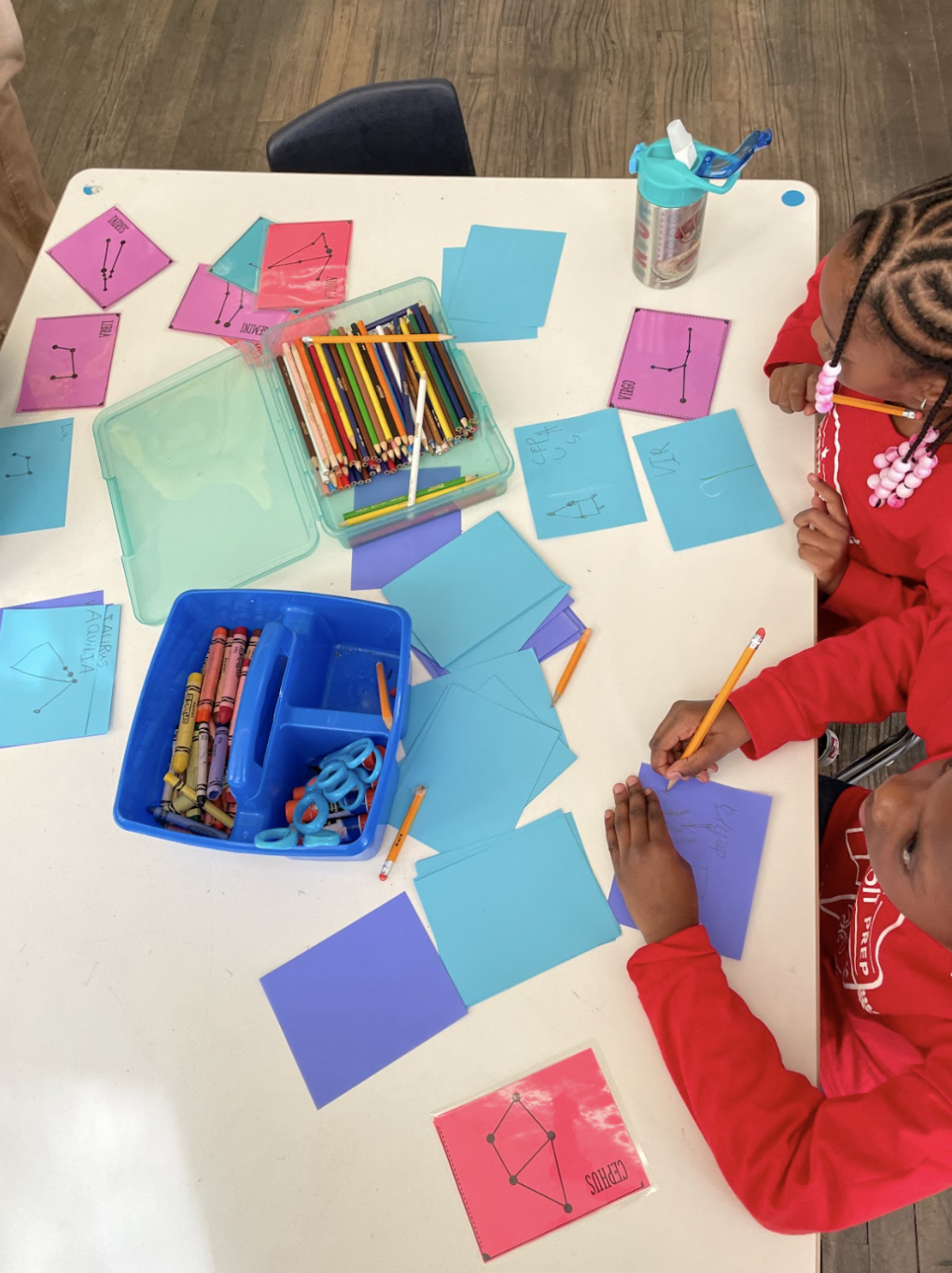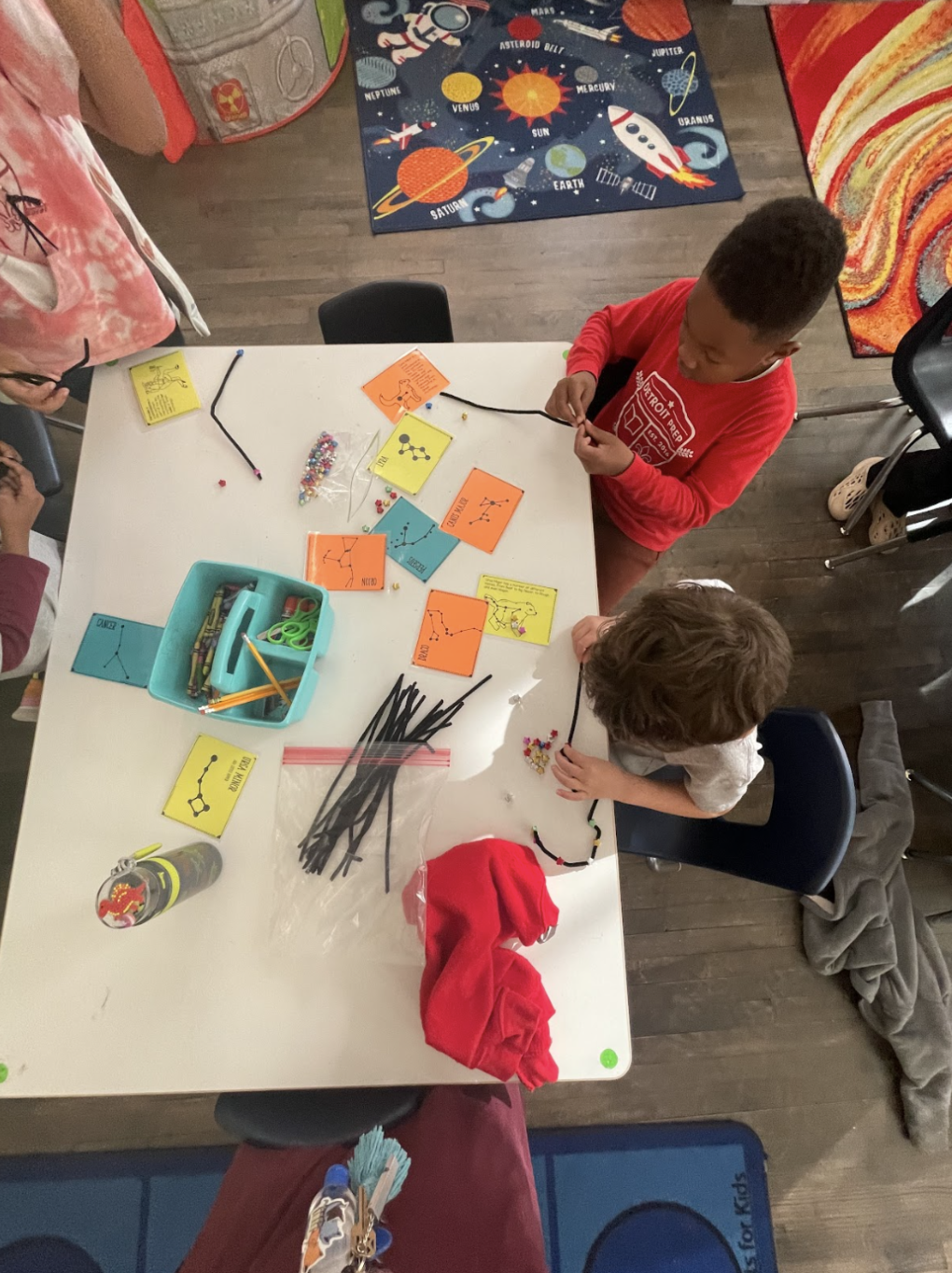Hands-On Learning At Detroit Prep
Young children are constantly being told not to touch things and to keep their hands to themselves. However, learning should not be one of those times. Mammals learn how to survive by utilizing all of their senses and learning in school should work the same. Children should not (and cannot) solely rely on sight and sound to explore new concepts, and we shouldn’t expect them to. Incorporating tangible learning experiences into daily classroom routines and lessons can be more work for the teacher but the excitement and learning it creates from utilizing such tactics is well worth the time and effort.
As a Kindergarten/First Grade interventionist, I try my best to make learning tangible whenever possible. I believe that this helps students who learn in different ways bolster their skills and can be more fun for students who are behind. Here are some of the hands-on learning lessons I created this past year at Detroit Prep.
Here, the students are reviewing their letter sounds. I printed the letter charts in color, put them on a fun paper background, and laminated them. They’re using bingo chip guides to learn their letter sounds. We also use these for games like finding the sound that the word dog starts with or finding the vowel in the word bat. These small changes make learning more visual and exciting while adding a tangible aspect to the lesson that many students excel at.
During the school day, one thing you will rarely see me without is flash cards. I carry them during transitions, at school lunch, and during recess. I hand my students something like a flash card related to our lesson for our transition to my room. This gives them something to explore from our lesson and utilizes the 1-2 minutes it takes for us to get settled into the room.
At lunch, I often circulate and test my students on their site words, if they’re up for the challenge. It takes so little time, and they love reading them in front of their peers. I even carry more difficult sets so that anyone who wants to read them can. My intervention students are excited and proud to visit me at recess and read their site words on flashcards. Sometimes, I have to remind them that recess is for playing!
Many students love flipping over flashcards to see whether or not they got it right or wrong. Even when they’re incorrect, it’s a fun, tangible way to learn the things they may need extra help with in the classroom.
Making math tangible and exciting for early learners is easy and extraordinarily beneficial! This year, the first graders’ last expedition topic was pollinators, insects, and bugs. So, in my math intervention sessions, I used wooden bugs to create and solve math equations. Not only is this transition on topic for their other subjects in school, this is a tangible way for my students to count, add, and subtract with objects they’re familiar with. It shows students that the other things they are learning about are relevant to math, and that it can be fun, too.
There are a ton of fun math manipulatives out there, so it’s easy to find things that work for whatever the students are learning about at that time. From fruit to spiders, the possibilities are endless!
Early this year, I filled in for the Bumblebee Crew for a few days. I was excited to share some of the many fossils that I have collected in the Great Lakes because it’s something that I am passionate about and their expedition topic at the time was fossils. There were plenty of fossils for everyone to see, touch, and experience the change from dry to wet.
This is much more rewarding for many students than seeing pictures in a book or even watching a video because they can see it with their own eyes, not through a camera or a TV. Many of the students said they had never held a fossil before, which made the entire process worth it. It doesn’t have to stop at fossils, either. Students often learn about plants, seeds, or other botany, and it’s easy to bring in things that will help them visualize those lessons, too.
This last school year on Tuesdays and Thursdays I had the Hummingbird Crew for the expedition labs portion of the day. Their first topic was the solar system. I brought in lots of homemade playdough and space-themed cookie cutters. I also printed constellation cards so the students could construct them with pipe cleaners and star-shaped beads or draw the constellations on paper. Some took their constellations home to show their families, but some were excited to see them on the classroom wall. Making space physical can be difficult, especially for younger students, but it was a fun way for students to think about space on a smaller scale.
Another first-grade expedition topic this year was Community Values and Traditions. I brought in a town map mat with buildings, houses, and people to place on the floor for the students to play with. I also provided large sheets of paper so that the students could make their own towns and objects for the students to place to make the town 3D. This made it easier for students to visualize a town setting, which was helpful for many of them.
One of the best feelings in the world as a teacher is when you see genuine excitement and learning on the faces of your students. In a world that’s controlled by technology and screens, there is still a need for tangible connections in the classroom and at home. The excitement on any kid’s face, when they receive a book they’re excited about, is priceless. This last photograph showcases a group of kindergarteners with bracelets that I made. They are vowel bracelets, which will help them learn and remember their vowels. I’ll be the first to say that I can be a bit extra when it comes to making learning fun, but smiles like these make it all worth it!
